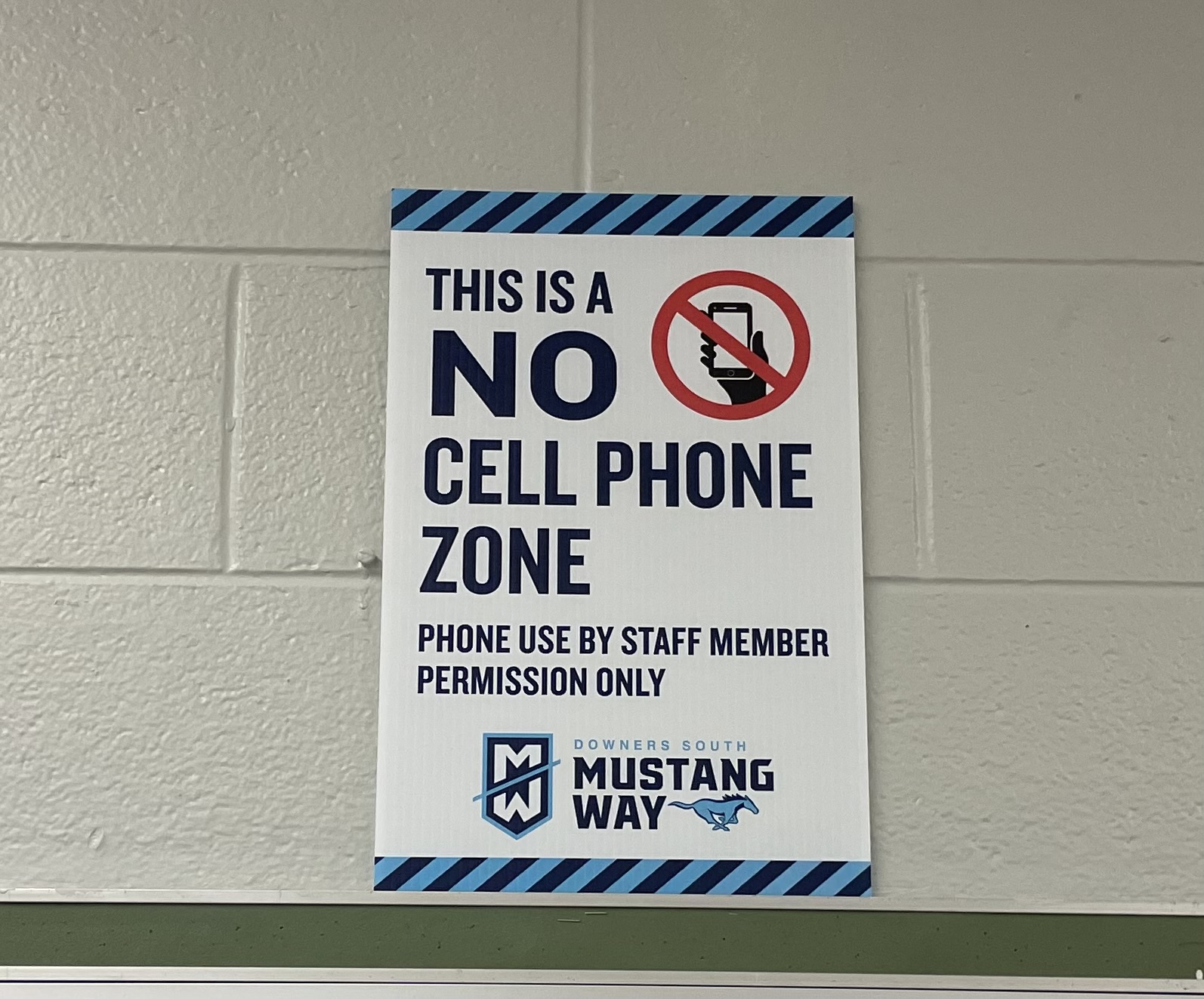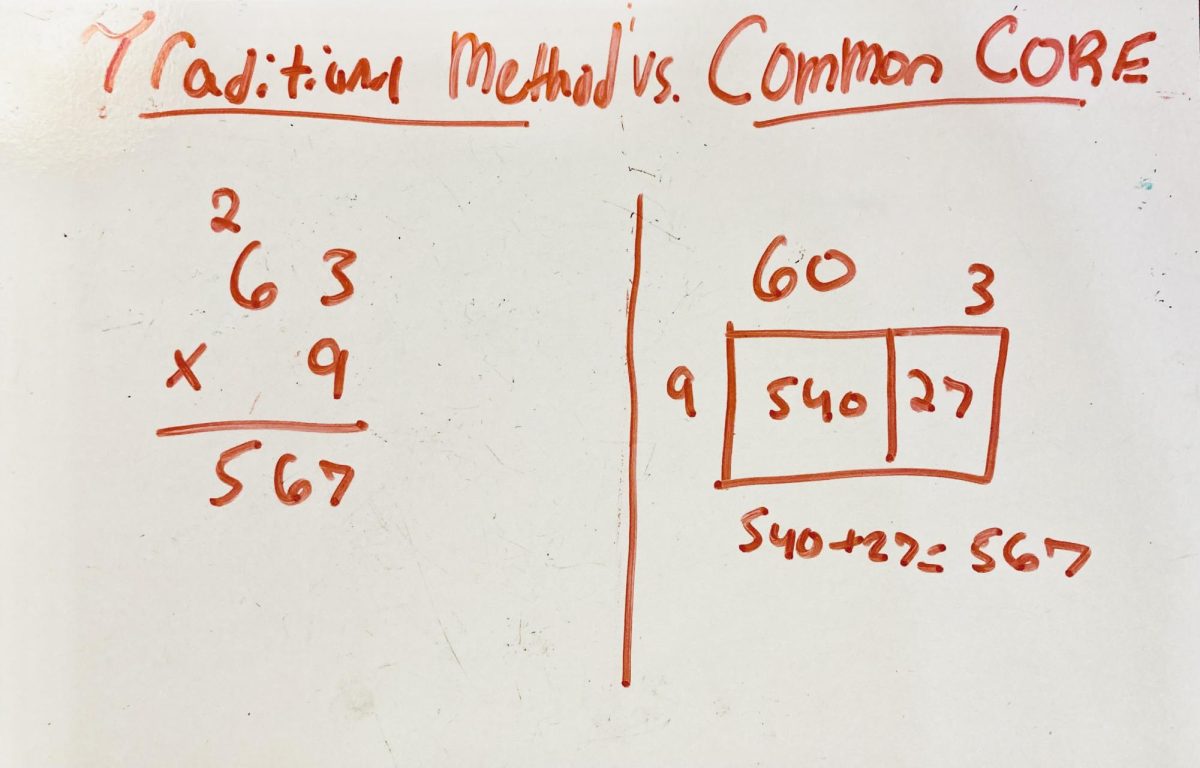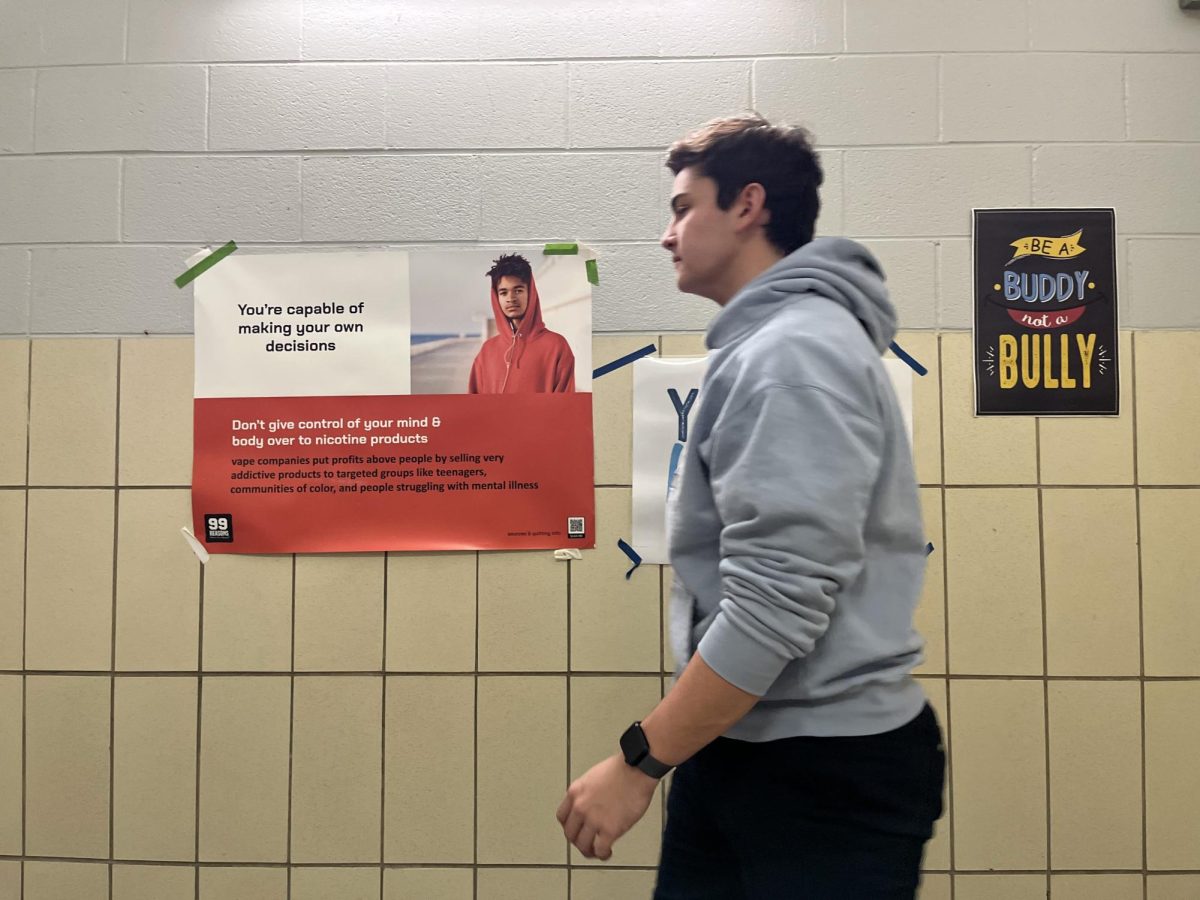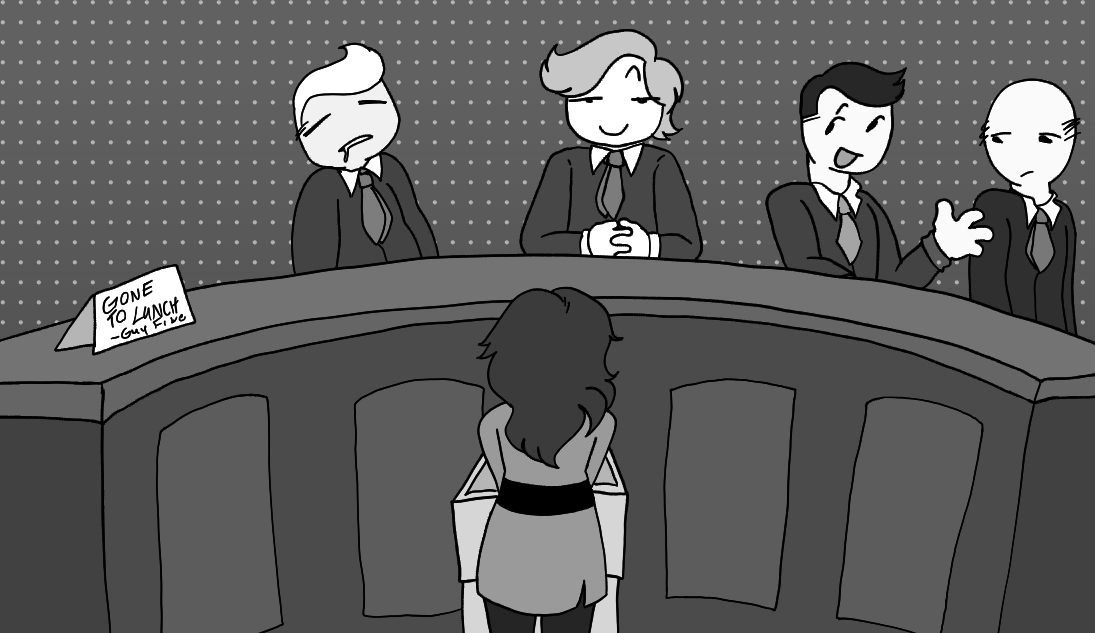The phone policy has caused quite the stir and it is a break from the status quo of just hoping that students won’t use them. Perhaps this opinion will be in the minority, but this policy seems to be a necessary compromise.
The biggest change is that the teacher can write a behavior referral and the deans will get involved. A teacher can also give verbal warnings and make a phone call home for causing a disturbance with one’s phones; they can pretty much do this for any behavioral issue already.
There are also new posters in every classroom. While the “No Cell Phone Zone” signs aren’t quite as laughable and ridiculous as the over-the-top “ATTENDANCE MATTERS” signs, they still are pretty aggressive. The bolded “no” makes it feel as though one is being shouted at every time they look at the sign.
The simple truth is that phones are distracting. It’s not only a distraction for the student using it, but it pulls the teacher away from the lesson and by nature the whole class. However, there are circumstances where students should obviously be allowed to use their phones such as when there’s an emergency text, call or something generally urgent.
This policy should address the times when the phone usage has become extremely bad or distracting. Hopefully most teachers will just use discretion and allow students to use their phones when it’s necessary.
However, teachers may not want to go through the hoops, which is completely understandable. What teacher will want to take the time to make a phone call home or write a referral to the deans over a relative annoyance?
This still feels like the only thing the school can do. There have been other school districts that physically lock up one’s phone, but that is an absolutely horrendous policy. It’s horrible from a student perspective and would be highly unpopular.
Furthermore, extreme policies like this would mostly punish kids who already don’t use their phones during class. It also is fairly insulting to students; it essentially is saying that an intervention is needed to keep the phones away. It’s like playing Whac-A-Mole with a sledge hammer.
This policy overall gives teachers the ability to do something if they feel the issue is truly bad, and it avoids a worst case scenario policy. The school had to do something about phones and they took a perfectly reasonable action.
















